Welcome to the world of pickleball, where the strategies are sharp, the rallies are intense, and the paddles are worth their weight in gold. If you’ve ever wondered why some pickleball paddles carry a hefty price tag, you’re not alone. This deep dive into the world of high-priced pickleball paddles will unlock the secrets behind their exorbitant cost, revealing the intricate design details, superior materials, and advanced technologies that elevate them to a league of their own. So, grab your paddle, prepare to be astonished, and get ready to uncover the untold stories that make these paddles worth every penny.
What are Pickleball Paddles made of?
Pickleball paddles are an essential piece of equipment for playing the sport. They come in various shapes, sizes and materials, with each type offering a unique playing experience. In this section, we will discuss the different types of materials that are used to make pickleball paddles.
Wooden Pickleball Paddles
Wooden pickleball paddles were one of the earliest types of paddles used in the sport. They are typically made from a single piece of wood, such as maple or birch. These paddles are known for their durability and solid feel, making them a popular choice among players.
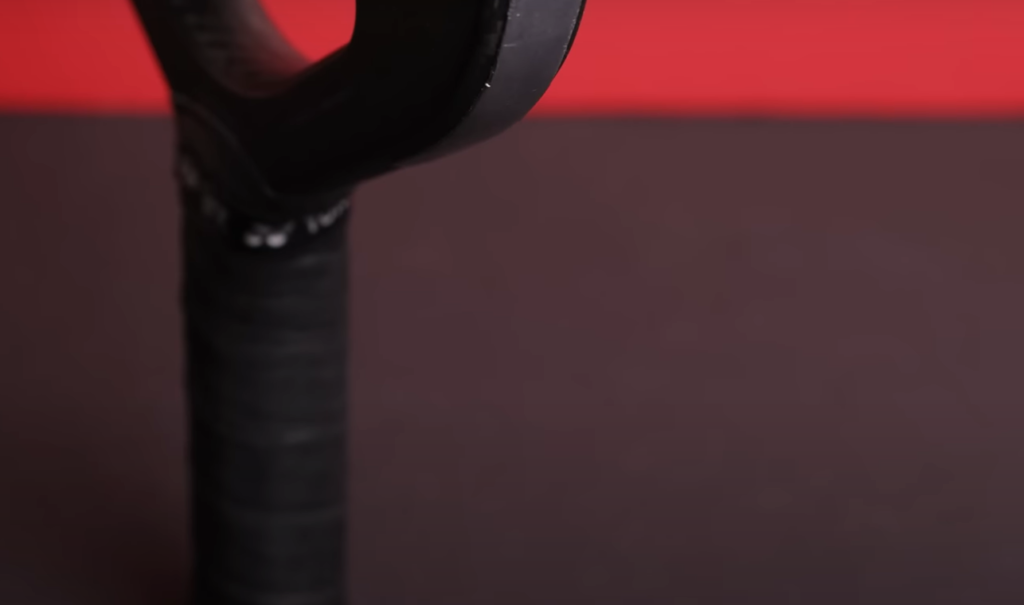
However, wooden paddles can be quite heavy and may not offer as much control or power compared to other materials. They also tend to have a smaller sweet spot, making it more challenging for beginners to control their shots.
Overall, wooden pickleball paddles are still a viable option for players who prefer a traditional feel and don’t mind the added weight.
Composite Pickleball Paddles
Composite pickleball paddles are made from layers of different materials, such as fiberglass, carbon fiber, and polymer. These paddles are known for their versatility, as they offer a balance of power, control, and maneuverability.
For example, adding more layers of carbon fiber can increase the paddle’s stiffness and provide more power, while adding polymer layers can improve control and reduce vibrations.
Composite paddles are also lighter than wooden paddles, making them a popular choice among competitive players. However, they may not be as durable as wooden paddles and can be more expensive.
Graphite Pickleball Paddles
Graphite pickleball paddles are similar to composite paddles in that they are made from layers of different materials. However, graphite is the primary material used in these paddles, making them lighter and more responsive.
Graphite paddles offer high levels of control and precision, making them a top choice for players who prioritize touch and finesse over power. They also tend to have larger sweet spots, making it easier for beginners to get a feel for their shots.
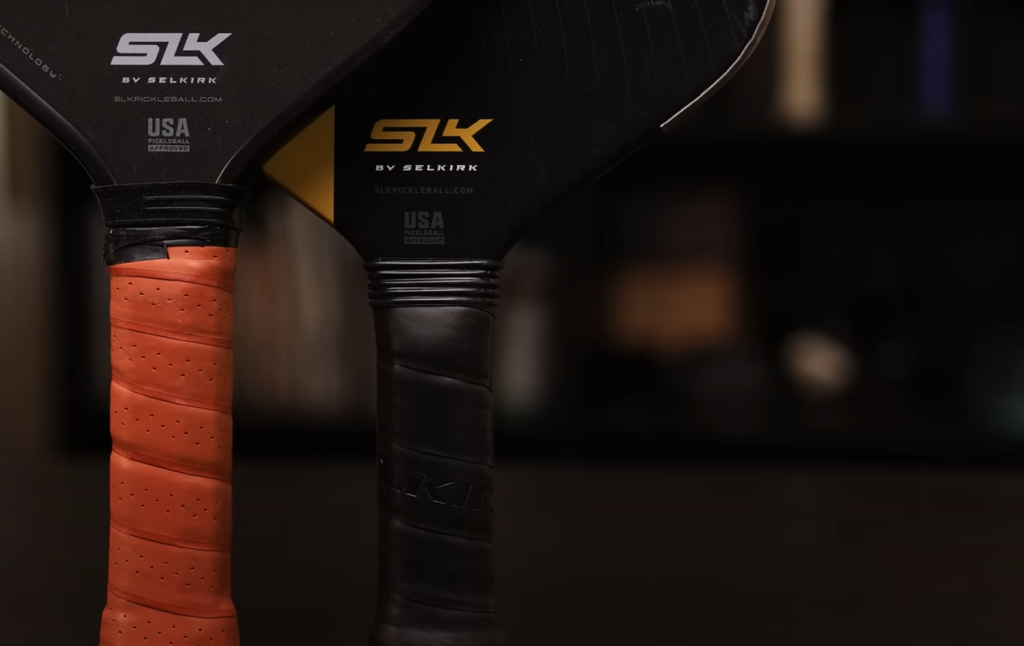
One downside of graphite paddles is that they can be less durable compared to other materials. They are also more expensive, which may not be suitable for players on a budget.
Polymer Pickleball Paddles
Polymer pickleball paddles are relatively new to the market but have gained popularity due to their unique properties. These paddles are made from polymers, such as polypropylene or polyethylene, which are known for their durability and shock-absorbing abilities.
Polymer paddles offer a soft feel and reduced vibrations, making them ideal for players with arm or wrist injuries. They also tend to be more budget-friendly compared to other materials.
However, polymer paddles may lack in power and control compared to other materials. The softer surface can also make it challenging to put spin on the ball. As such, they may not be the best choice for advanced players [1].
The Importance of Quality Paddles
Control and Power
The design of a paddle can greatly affect the amount of control a paddler has while on the water. A well-balanced paddle with proper blade shape and size can make a significant difference in steering and maneuvering the boat. Additionally, a quality paddle with good grip and lightweight material can reduce fatigue, allowing for better control over extended periods.
Moreover, the power generated by a paddle is crucial in propelling the boat forward. A well-constructed paddle with efficient blade design can help paddlers generate more power with each stroke, allowing them to move through the water at a faster pace. This is especially important for competitive paddlers who need that extra edge to win races.
Weight and Grip
The weight of a paddle can also greatly impact the paddling experience. A heavy paddle can cause strain on the arms and shoulders, leading to fatigue and discomfort. This not only affects performance but also increases the risk of injury. Quality paddles are often made with lightweight materials such as carbon fiber or fiberglass, making them easier to handle for extended periods.

Another important factor is the grip of the paddle. A good grip ensures that the paddle stays firmly in your hands, preventing slippage and allowing for more precise control. Quality paddles often have textured or ergonomically designed grips to enhance comfort and provide a better connection between the paddler and their paddle.
Durability and Longevity
Investing in a quality paddle can also save money in the long run. While they may be more expensive upfront, quality paddles are built to last and can withstand frequent use and harsh water conditions. They also require less maintenance and repairs compared to cheaper, lower-quality paddles.
Additionally, a durable paddle means less waste in the environment. With proper care and maintenance, quality paddles can last for years, reducing the need to constantly replace them and contributing to a more sustainable paddling community.
Brand Name and Technology
When looking for a quality paddle, it’s important to consider the brand and technology behind it. Reputable brands often have years of experience and research behind their products, ensuring that they are built with the highest level of craftsmanship and performance.
Furthermore, many paddles now come equipped with advanced technologies such as adjustable shafts and feathering options, allowing for more customization and comfort for the paddler. These innovative features not only enhance performance but also make paddling more enjoyable.
Why Are Pickleball Paddles So Expensive?
High-Quality, Expensive Material
One of the main reasons why pickleball paddles are so expensive is because they are made from high-quality materials. Most pickleball paddles on the market today are constructed using composite materials such as carbon fiber, fiberglass, or graphite. These materials are known for their durability, lightweight properties, and ability to provide optimal power and control during gameplay.
Additionally, these materials are also more expensive to produce, which translates to a higher cost for the consumer. However, using high-quality materials ensures that the pickleball paddle will last longer and perform better, making it worth the investment in the long run.
Advanced Technology and Design
Another factor that contributes to the high cost of pickleball paddles is advanced technology and design. As pickleball gains popularity, manufacturers are constantly striving to create paddles that are more lightweight, durable, and offer superior playability.
This involves investing in research and development of new technologies and designs, which can be costly. Additionally, manufacturers often use advanced techniques such as computer modeling and 3D printing to ensure the highest level of precision in creating their paddles. All of these factors contribute to the higher price tag of pickleball paddles.
Limited Production
In addition to using high-quality materials and advanced technology, another reason why pickleball paddles may be expensive is because of their limited production. Unlike other sports equipment that may have mass production in factories, many pickleball paddles are handcrafted in smaller workshops or factories.
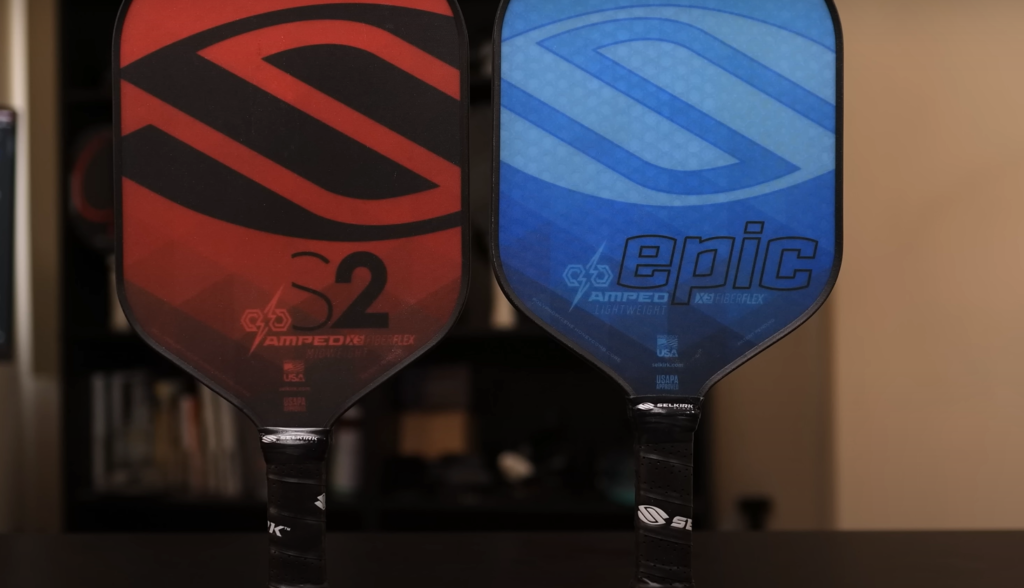
This results in a lower volume of production, which in turn drives up the cost. Additionally, some manufacturers may choose to limit their production in order to maintain a certain level of exclusivity and quality for their products [2].
What influences Pickleball Paddles cost?
Weight
The weight of a pickleball paddle is one of the main factors that influences its cost. This is because lightweight materials are often more durable and provide better performance, making them desirable for serious players.
Additionally, the use of lightweight materials allows players to have better control and maneuverability on the court, enhancing their overall gameplay. The cost difference between lightweight and heavier paddles can also be attributed to the manufacturing process and the higher demand for lightweight options in the market. Overall, the weight of a pickleball paddle plays a significant role in determining its cost and the overall playing experience for players of different skill levels.
Materials
The material used to make a pickleball paddle is a crucial factor in determining its cost and performance. Wood paddles, although generally cheaper, may not deliver the same level of control and power as paddles crafted from advanced composite materials like polymer or graphite. These composite materials, while typically more expensive, offer superior performance, enhanced durability, and a greater level of precision in every shot. Investing in a paddle made with high-quality materials can significantly elevate your gameplay and provide a satisfying playing experience that is worth every penny.
Grip
When considering the cost of a pickleball paddle, it’s important to note that the grip can also play a significant role. Paddles with high-quality, cushioned grips not only offer better comfort, but they also help prevent hand fatigue during those intense and lengthy matches. These exceptional grips are often associated with a higher price tag due to the added benefits they provide. Moreover, some paddles even offer adjustable or customizable grips, allowing players to achieve the perfect fit for their hand size and preferred playing style. While this level of customization undoubtedly enhances the overall playing experience, it also contributes to the slightly higher cost of these specialized paddles.
Core
The core of a pickleball paddle plays a crucial role in determining its cost. Paddles featuring a denser core, such as polymer or aluminum honeycomb, are often pricier due to their exceptional durability and enhanced power. These high-quality cores offer players a reliable and forceful performance, making them a preferred choice for serious players.
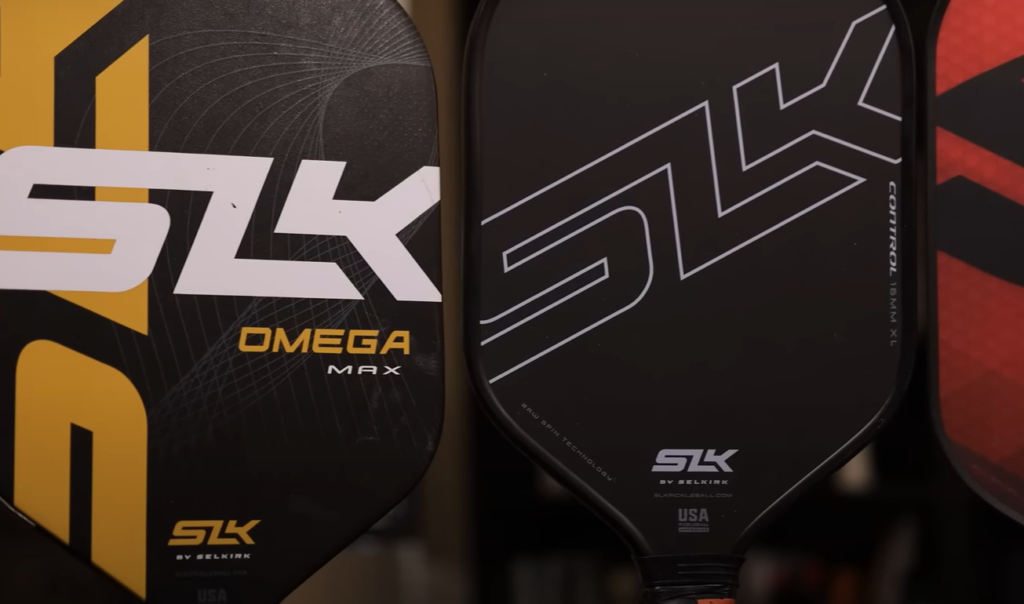
On the other hand, paddles with a softer core, typically made from materials like foam, may be more budget-friendly. While these paddles may come at a lower price point, they may not deliver the same level of performance as their denser core counterparts. The softer core paddles may offer decent control and a softer feel, making them suitable for recreational players or those who prioritize maneuverability over power. By considering the core material of a pickleball paddle, players can make an informed decision based on their playing style, preferences, and budget.
Shape and Design
The shape and design of a pickleball paddle can also influence its cost. Paddles with unique shapes or designs that are patented or exclusive to a certain brand may come at a higher cost due to the research and development put into them. These paddles may offer specific advantages in terms of control, power, or spin, making them desirable for serious players.
Face and Edge Guard
The face and edge guard of a pickleball paddle can also contribute to its cost. Paddles with high-quality, durable faces made from materials such as fiberglass or carbon fiber tend to be more expensive due to their ability to withstand constant use and provide better performance. Additionally, paddles with reinforced edge guards may also come at a higher cost as they offer increased protection against accidental impacts.
FAQ
Are there differences between pickleball paddles?
Yes, there are several key differences between pickleball paddles. These include materials, weight, grip size, and shape. For example, some paddles are made of graphite, while others are made of wood or composite materials. Additionally, paddle weight can vary greatly, with some being as light as 6 ounces and others weighing over 10 ounces. Grip size also varies, with options for smaller or larger hands.
What is the ideal weight for a pickleball paddle?
The ideal weight for a pickleball paddle can vary depending on personal preference and playing style. Some players may prefer a lighter paddle for increased maneuverability, while others may prefer a heavier paddle for more power behind their shots.
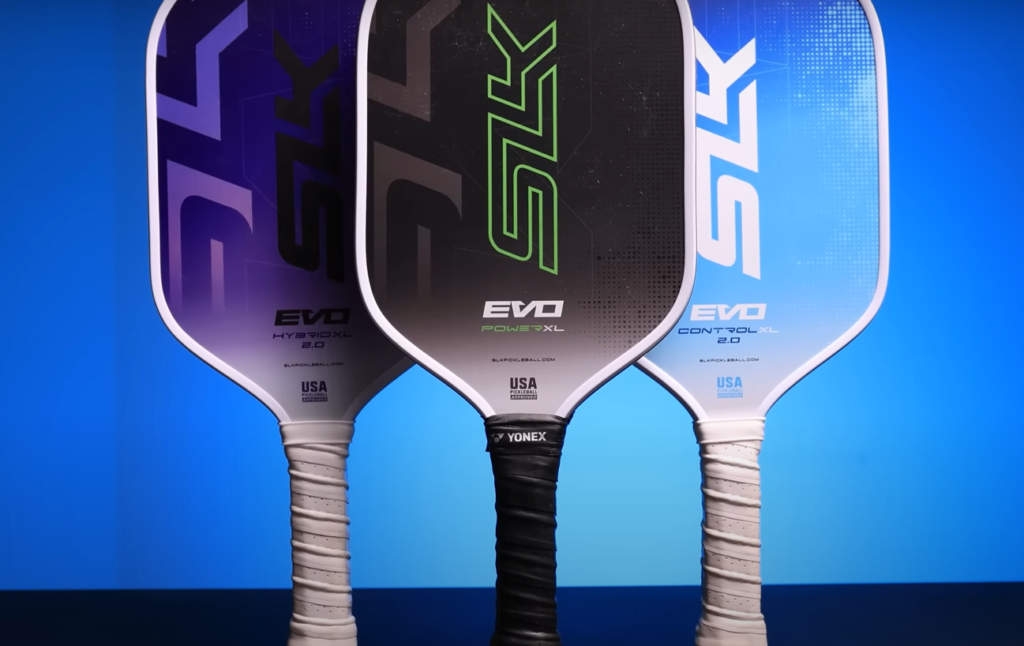
It is recommended to try out different weights and see what feels most comfortable and effective for your game.
How do I choose pickleball paddles?
When choosing a pickleball paddle, it is important to consider your skill level, playing style, and personal preferences. Beginners may benefit from a lighter weight and larger grip size for easier control, while advanced players may prefer a heavier weight and smaller grip for more power and finesse. It is also helpful to try out different paddles before making a purchase to get a feel for the weight, grip, and shape that works best for you.
Can I use a tennis or racquetball racket to play pickleball?
While it is possible to use a tennis or racquetball racket to play pickleball, it is not recommended. The dimensions and materials of these rackets are not optimized for pickleball, which can affect your performance and potentially cause injury. It is best to invest in a proper pickleball paddle for the best playing experience.
Are there specific rules for using pickleball paddles?
Yes, there are specific rules for using pickleball paddles in official games and tournaments. These include restrictions on the size, shape, and construction of the paddle. For example, the maximum length of a paddle is 24 inches and the maximum width is 17 inches. The material of the paddle must also not provide an unfair advantage, such as excessive spin or power. It is important to familiarize yourself with these rules before competing in any official pickleball events.
How often do I need to replace my pickleball paddle?
The lifespan of a pickleball paddle can vary depending on usage and maintenance. If properly cared for, a high-quality paddle can last several years. However, if a paddle becomes cracked, warped, or damaged in any way that affects gameplay, it is recommended to replace it. It is also important to regularly check the condition of your paddle and address any issues as they arise. Ultimately, the decision to replace a paddle is up to the individual player’s judgment based on their own playing experience. Overall, it is important to choose a durable and well-made pickleball paddle for long-term use.
What is the difference between a 13mm and 16mm pickleball paddle?
A 13mm pickleball paddle refers to the thickness of the core, or inner layer, of the paddle. A 16mm paddle has a thicker core, which can provide more power and control on shots. However, a thicker core may also add weight to the paddle. Ultimately, the choice between a 13mm and 16mm paddle depends on personal preference and playing style. Some players may prefer the extra power of a 16mm paddle, while others may prefer the lighter weight of a 13mm paddle for quicker maneuvering. It is recommended to try out both options and see what works best for you. Overall, both types of paddles can be effective depending on the player’s individual needs and preferences.
Why do some pickleball paddles have holes?
The holes on a pickleball paddle serve multiple purposes. They help reduce air resistance to make shots faster and more precise. They also provide a “sweet spot” on the paddle for better control and accuracy when striking the ball. Additionally, the holes can add spin to shots and improve overall maneuverability of the paddle. Some players may also find the holes to be more comfortable on their hands during gameplay. Ultimately, the presence of holes on a pickleball paddle is a matter of personal preference and does not necessarily indicate a better or inferior paddle.
Useful Video: $10 vs $200 pickleball paddle – which one wins?!
Conclusion Paragraph
Pickleball paddles can be expensive, but they are definitely worth the investment for any pickleball player. Not only do they greatly improve your game, but they also reduce the risk of injury and provide a more enjoyable playing experience. However, it is important to choose the right paddle for your specific playing style and skill level. Some tips for choosing the perfect pickleball paddle include considering the weight and grip size of the paddle, as well as trying out different materials and designs. Additionally, don’t be afraid to ask for recommendations from more experienced players or do some research on reputable brands and their product reviews.
References:
- https://www.paddletek.com/blogs/news/pickleball-paddle-materials
- https://www.thepadelemporium.com/why-pickleball-paddles-cost-more-exploring-high-quality-gear/





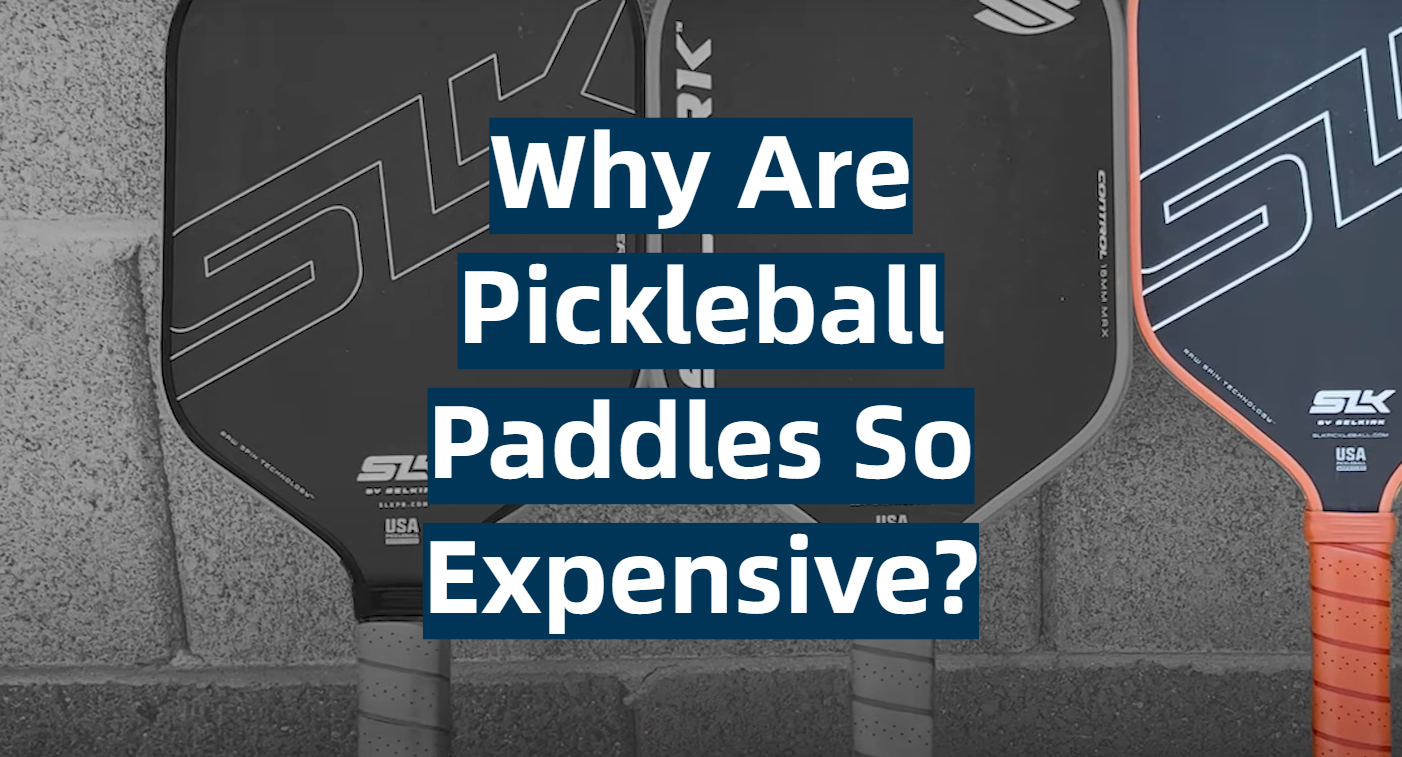
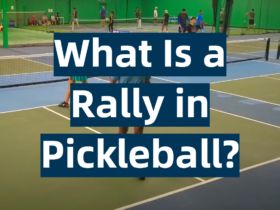
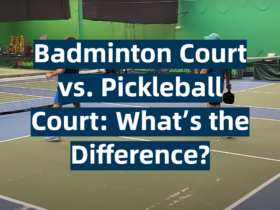
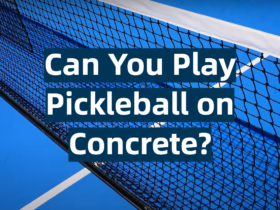
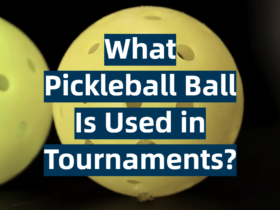
Leave a Review